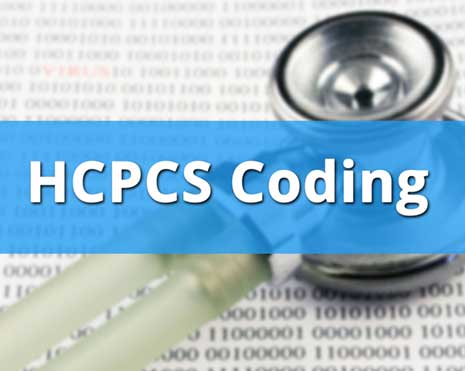Last week, we looked at the ICD-10 and CPT coding systems, which are the two dominant code sets used for medical coding and billing in the United States today. However, if you’re billing Medicare, Medicaid, or one of a few other third-party insurance payers, you also need to be familiar with the Healthcare Common Procedure Coding System (HCPCS).
The HCPCS, which is pronounced like “hicks picks,” is a code set that is administered and maintained by the Centers for Medicare and Medicare Services (CMS). Using HCPCS was optional until passage of the Healthcare Information Portability and Accountability Act (HIPAA). Now, using HCPCS is mandatory when billing government payers.
The Two Subsystems of the HCPCS
The CMS divides the HCPCS into two major subsystems: Level I and Level II. Level I is identical to the 4th (and most recent) edition of the CPT code set we discussed last week (CPT-4). It consists primarily of codes that healthcare providers use to bill both government and private insurance payers for medical services and procedures. Because the CPT code set is maintained by the American Medical Association (AMA), the CMS simply defers to the AMA and includes all of the same codes in Level I of the HCPCS, adopting any changes that are made each year.
Given that Level I of the HCPCS is identical to the CPT code set, Level II is the one that can cause confusion with medical coding and billing. According to the CMS, Level II of the HCPCS includes codes that can identify services, medical devices, and other products that are not included in the CPT codes, but that are still covered by Medicare, Medicaid, and some third-party payers. Therefore, it is essential for healthcare providers to use these codes when billing, even when a Level I code (that is, a CPT code) does not apply.
Among the services that are included in Level II of the HCPCS are ambulance services. The medical devices with codes in Level II of the HCPCS can be grouped using the acronym DMEPOS, which stands for Durable Medical Equipment, Prosthetics, Orthotics, and Supplies.
For small physician’s offices, the HCPCS presents another layer of complexity that can end up interfering with you revenue management cycle. This is especially true when patients have a private health insurance carrier in addition to Medicare, or in cases when you need to bill a private health insurer using an HCPCS code. To keep things simple, it can be helpful to outsource some of your medical coding and billing needs to the experts at AnnexMed. We can help you keep track of all three code sets and ensure that your work is error-free. Contact us today for more information!


